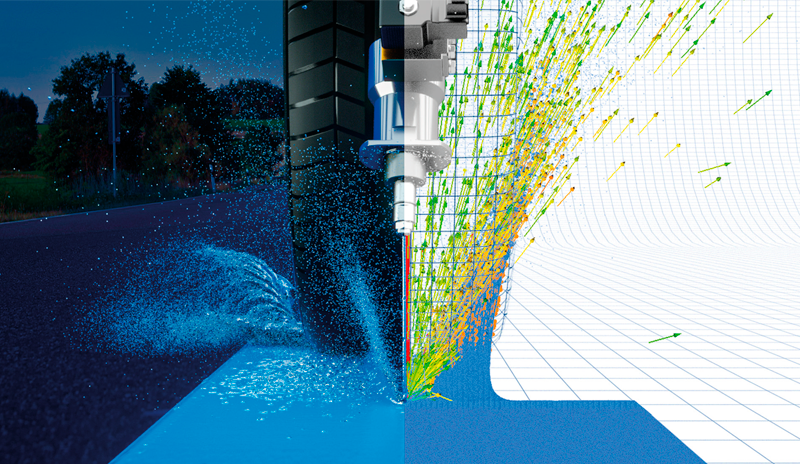The article discusses the importance of understanding the behaviour and performance of batteries under different operating conditions, particularly in the context of large-scale adoption of batteries.
Traditional physics-based modelling approaches can be complex and challenging, requiring accurate design, transport, and degradation parameters. To overcome these challenges, a hybrid approach combining data and physics-based models has been developed by oorja, a software solution. The approach involves multi-parameter optimization using Hybrid Pulse Power Characterization (HPPC) data to simulate real-world battery behaviour under various operating conditions. The optimization process adjusts model parameters until a satisfactory fit is achieved between the model and experimental data. The optimized parameters are then used to predict battery behaviour under different conditions.
The authors used this approach to optimize parameters for lithium-ion cells at different temperatures (0°C, 25°C, and 40°C) and found that the optimized parameters showed good physical trends with respect to temperature sensitivity. The comparison of voltage responses between predicted and experimental data showed a good match, with an error limited to 7% in most cases. The results also highlighted the sensitivity of the model parameters to operating conditions, particularly temperature. The internal resistance and reaction rate constants of the positive and negative electrodes showed expected trends with temperature, while the diffusion coefficients of the positive and negative electrodes did not show a clear correlation.
In conclusion, the hybrid approach has successfully identified the "Goldilocks Zone" for electrochemical parameters and provides a good match between predicted and experimental data. Further improvements can be made by adjusting individual error terms and using design parameters obtained from cell measurements.
Read the articlesoftware
oorja, an innovative digital platform for Li-ion battery development and modeling, which uses a hybrid approach: ease to use and accuracy to predictions.
automotive electronics energy oorja

CASE STUDY
In this paper, we discuss the digital modelling and simulation of the EASYRAIN Aquaplaning Intelligent Solution (AIS) using mesh-free moving particle simulation (MPS).
automotive particleworks